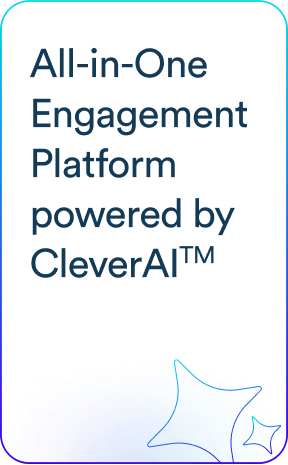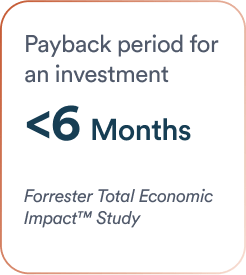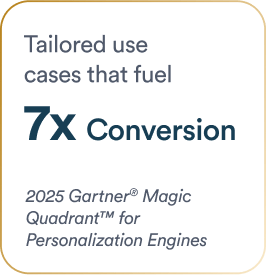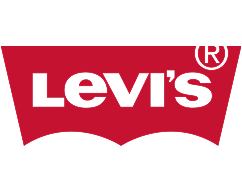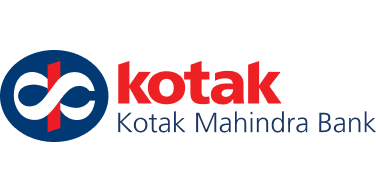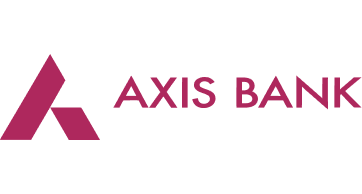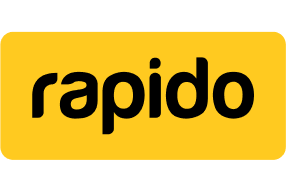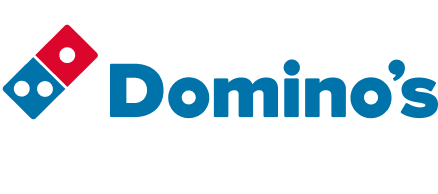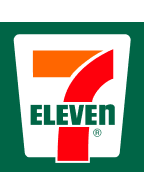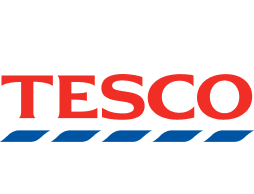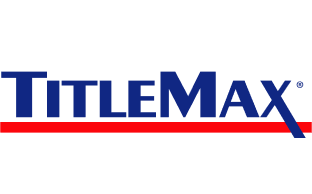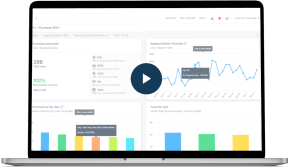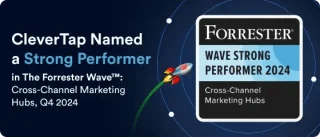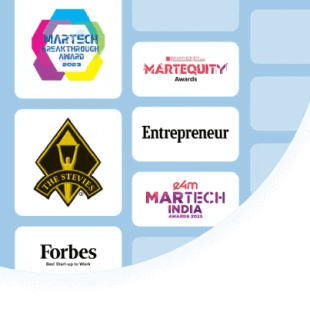AI has moved from the edges of experimentation to the center of executive strategy. McKinsey reports that over 80 percent of organizations now use AI in at least one function, while surveys reveal 92 percent of C-suite leaders expect to digitize workflows with AI-powered automation by 2026.
Adoption is accelerating, but value is lagging – that’s where the real insight lies. Technology adoption on its own is not enough.
AI is not magic. It is a technology that learns, reasons, and improves through every cycle of use. Done right, it reduces repetitive work, improves decision-making, and strengthens outcomes across the business.
What companies cannot afford is a scattershot approach. Scattered pilots and experiments may create noise, but they do not create compounding value. A singular, integrated AI strategy does. It is what turns early wins into durable growth and trust into a competitive advantage.
What matters is an AI strategy built to compound trust and value over time.
5 Key Ingredients for a Successful AI Strategy
Here are 5 must-have ingredients for an effective AI strategy.
1) Anchor to a Business North Star
A great place to start is to have a singular enterprise-wide North Star objective. Without a North Star, AI initiatives scatter across teams as disconnected experiments that look good on a deck but do not move the business. With a North Star, every cycle of learning compounds toward a clear outcome that matters to both the company and its customers.
The North Star itself varies. For a subscription business, it could be retention. For a retailer, repeat purchase rate. For a bank, net revenue retention. The discipline a north star metric creates is just as important as the metric itself.
When AI systems are used to achieve clearly defined outcomes, customers experience consistent value, teams know what success looks like, and executives have the confidence to expand autonomy. That is how compounding starts.
Executive checkpoint
- Is there one outcome that guides every AI initiative?
- Can you show how each cycle of AI learning moves the needle towards achieving that outcome?
- Are you using the North Star to decide when to expand, pause, or roll back autonomy?
2) Data as the Foundation of Value
If trust and value are what you want to compound, data is the raw material that makes it possible.
AI systems rarely fail because the algorithms are weak. They fail because the inputs are noisy, fragmented, incomplete, or incorrect. Garbage in, garbage out is not a cliché here, it is the rule.
The companies that understand this, treat data as a strategic asset. They do more than unify and cleanse it. They make data literacy part of how teams work. Across marketing, product, and engineering, teams know how data moves through AI-driven workflows, can recognize quality from noise, and can explain that data clearly to both human peers and AI tools.
That is the cultural shift. Everyone becomes a steward of data quality. Every campaign, every interaction, every system handoff is curated with the awareness that today’s inputs fuel tomorrow’s AI output.
When that mindset takes hold, the compounding loop accelerates. Clean data leads to sharper and more accurate AI outputs. Sharper outputs build trust. Greater trust leads to higher value and thus more adoption and richer feedback. And the cycle repeats, stronger each time.
Executive checkpoint
- Have you made data literacy a core skill across teams, not just in IT?
- Do your teams know how their actions enrich or degrade the data feeding your AI tools?
- Is data quality measured and celebrated the way campaign ROI is?
3) Human + AI Collaboration
The fastest way to lose trust in AI is to frame it as a replacement for people. The fastest way to build trust and value is to design it as a co-worker.
Humans bring context, creativity, and judgment. AI brings scale, speed, and precision. The real value comes when the two work together in well-defined workflows. Humans set the goals, AI expands the possibilities, and then humans refine and compound this process.
The really clever thing about this AI strategy, it compounds adoption. Marketers use the tools because they make them better at their jobs, not because they fear being replaced by these tools. Customers benefit because experiences feel both personal and consistent. Leaders see results which are explainable and can be measured and replicated.
That is how confidence builds. AI earns its place by proving it can extend human capability, not undermine it. With every cycle, the system becomes more trusted, more used, and more valuable to both marketers and their customers.
Executive checkpoint
- Are your teams clear on where humans add judgment and where AI adds scale?
- Do your workflows show seamless handoffs between the two?
- Can you point to examples where collaboration has already compounded results?
4) The Trust Ladder
Trust in AI is not granted. It is earned in steps. Think of it as climbing a ladder – each rung gives the system a little more room to prove it can be trusted.
Handing over some level of control is inevitable. The real art is in the pacing: knowing when to move up a rung and when to pause. Go too fast, and you risk backlash or even damage. Go too slow, and you never unlock the full value. It is like shifting gears in a car; release too early and you stall, wait too long and you waste power.
The climb itself is straightforward:
- Step one is recommendations. AI suggests, humans decide. The risk is low, the feedback is immediate, and the results set the tone.
- Step two is semi-autonomy. AI acts within clear guardrails. Humans supervise, intervene when needed, and learn to trust the consistency.
- Step three is autonomy. Once reliability is proven, AI-driven workflows can own entire processes.
Each rung compounds confidence. Customers trust the outputs because they see improvements without surprises. Marketers trust the system because it works alongside them, not against them. Executives trust the expansion because the results are visible and defensible.
Executive checkpoint
- Are you sequencing AI adoption in phases that match your risk tolerance and maturity?
- Do you have clear guardrails for when to grant or retract autonomy?
- Can you show how trust has grown at each stage?
5) Governance & Guardrails
In customer engagement, trust is your most valuable currency. One biased recommendation or data mishap, and you do not just lose a click, you lose credibility and possibly, a customer. That is why governance is not about slowing AI down. It is about protecting the compounding loop of trust and value you have worked so hard to build.
- Data with integrity. If your inputs are messy, your outputs will be too. Garbage erodes trust faster than any competitor.
- Privacy that is obvious. Most customers do not read compliance docs. They rely on instinct and brand trust to decide whether their data is respected. But it’s very hard to win back this trust once lost.
Make consent simple, transparent, frequent, and consistent across every touchpoint. Ensure the same with your extended ecosystems. - Explainability that travels. If a marketing team cannot explain why the AI system chose an action, how can I expect a regulator or a customer to trust it? Explainability frameworks are not optional. They must travel with every output so that decisions can be understood, defended, and improved.
Get these right, and something powerful happens. The more transparent and accountable you are, the more freedom you earn. Executives approve more ambitious use cases. Customers opt into richer personalization. Teams experiment faster because the guardrails are clear.
That is the compounding effect of governance. It does not just protect trust. It multiplies it.
Executive checkpoint
- Do you have clear principles for integrity, privacy, and transparency?
- Can you prove to both customers and regulators how your AI works?
- Are your guardrails giving your teams the confidence to move faster, not slower?
The Compounding Advantage
AI strategy is not about one model or one pilot. It is about creating a loop where every cycle builds more trust and more value. Anchor to a North Star, fuel it with good data, design for collaboration, pace the climb of autonomy, and protect it with clear guardrails.
Do this well, and the advantage compounds. Customers stay loyal. Teams move faster. Executives gain confidence. And competitors find it harder to catch up, because what you are building is not a project. It is a system that gets stronger every time it runs.
Free Customer Engagement Guides
Join our newsletter for actionable tips and proven strategies to grow your business and engage your customers.

